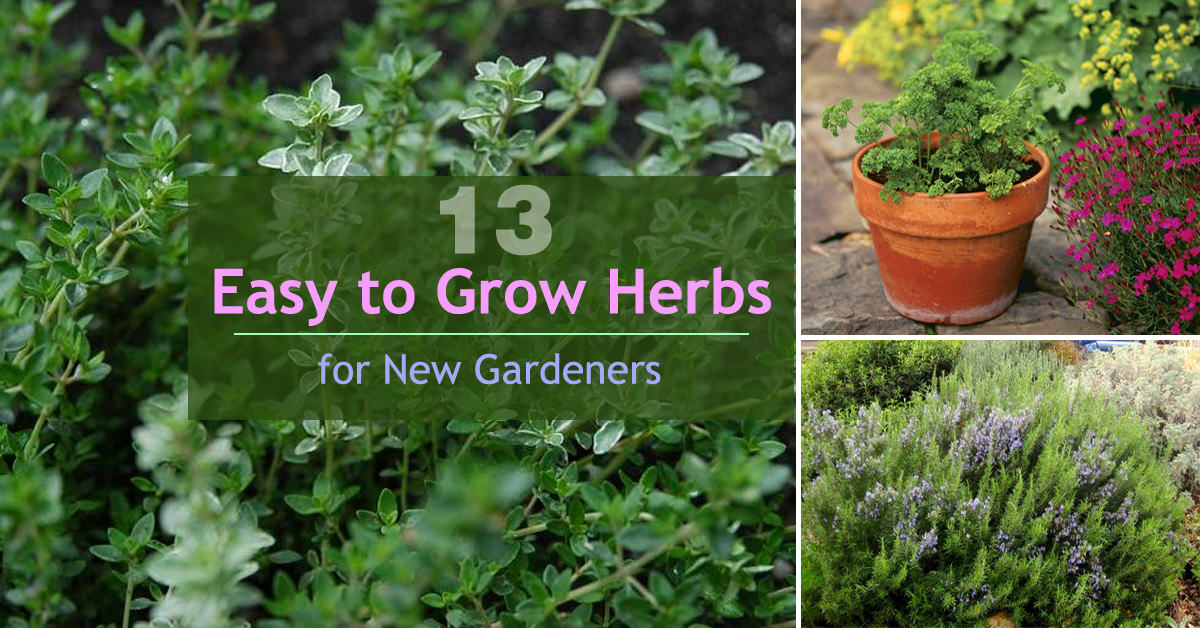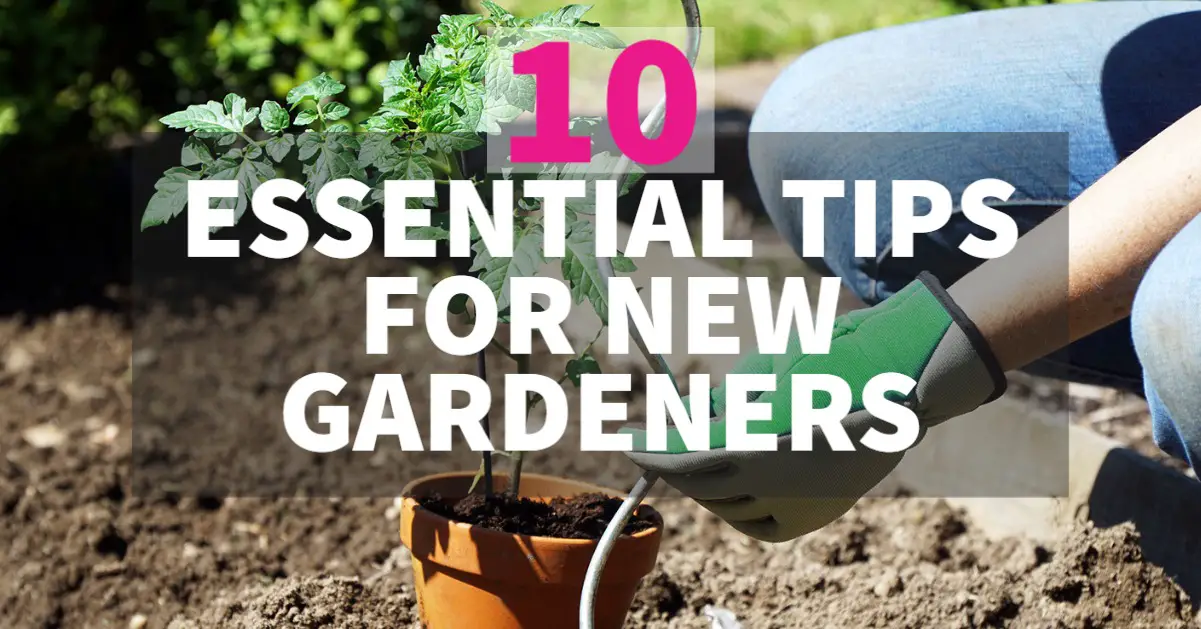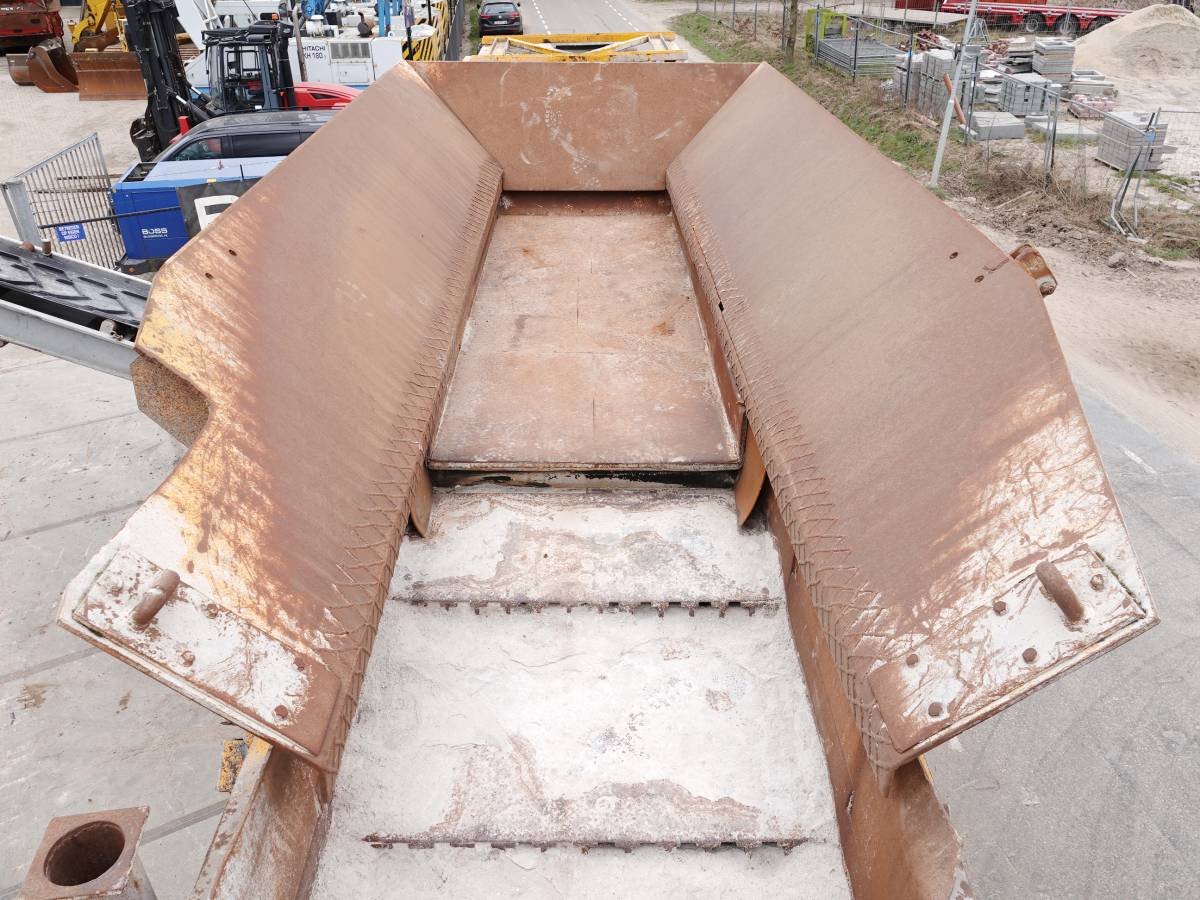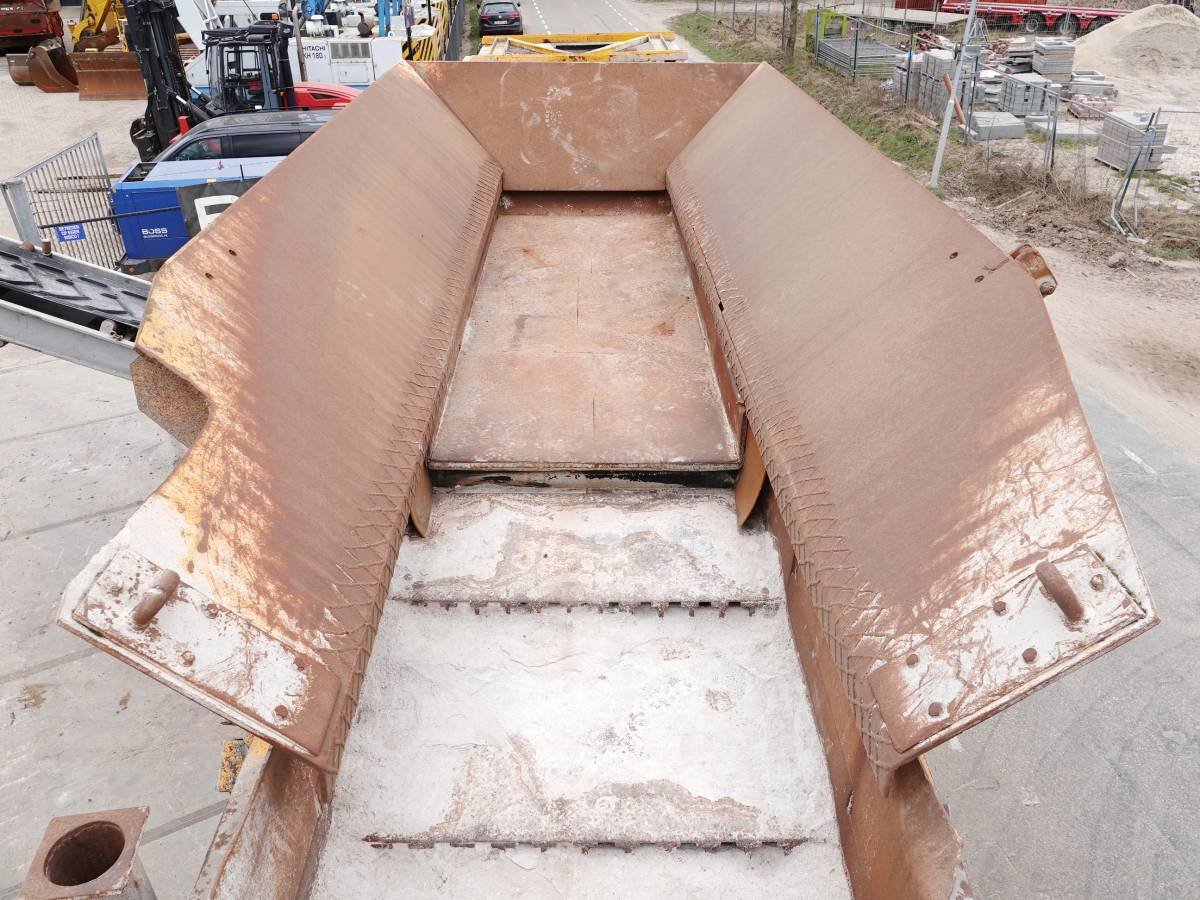Embark on a gardening journey with “Rodgers Plant: Top Tips for New Gardeners,” a comprehensive guide designed to equip beginners with the knowledge and skills to cultivate thriving gardens. From understanding your garden’s unique environment to selecting the right plants and implementing sustainable practices, this article provides a roadmap to success in the world of gardening.
Whether you have a small balcony or a sprawling backyard, the principles Artikeld here are applicable to any green space. We’ll delve into essential topics like soil analysis, plant selection, planting techniques, and pest control, empowering you to create a flourishing oasis that brings joy and beauty to your surroundings.
Understanding Your Garden

Before you even think about planting a single seed, it’s crucial to understand the environment your garden is in. Your garden’s success depends on a few key factors that you need to consider. These factors will influence how your plants grow and thrive.
Climate
Climate is the most significant factor affecting your garden. It encompasses the long-term weather patterns of your region, including temperature, rainfall, and humidity. Knowing your climate helps you choose plants that are well-suited to your area. For example, if you live in a hot and dry climate, you’ll want to select drought-tolerant plants.
Soil Type
Soil is the foundation of your garden, providing essential nutrients and water to your plants. Different soil types have varying characteristics that influence plant growth. Knowing your soil type is crucial for selecting the right plants and providing them with the necessary nutrients.
You can determine your soil type by observing its texture, color, and drainage.
Sunlight Exposure
Sunlight is vital for plant growth, providing the energy they need for photosynthesis. The amount of sunlight your garden receives throughout the day directly affects plant health. Different plants have varying sunlight requirements. Some plants thrive in full sun, while others prefer shade.
Microclimate
Your garden’s microclimate refers to the localized weather conditions within your garden. It can differ from the overall climate of your region. Factors such as the presence of trees, buildings, and water bodies can create microclimates with unique temperature, humidity, and wind patterns.
Rodgers Plant: Top Tips for New Gardeners offers a wealth of knowledge for those embarking on their green thumb journey. From selecting the right plants to understanding basic care routines, the guide covers a range of topics. For those seeking a unique and challenging gardening experience, exploring the art of Bonsai can be incredibly rewarding.
The principles of Bonsai, focusing on miniature trees, can be applied to many garden plants, adding a touch of elegance and artistic flair to any outdoor space. Returning to the practical advice of Rodgers Plant, the guide provides valuable insights into soil selection, watering techniques, and pest management, ensuring your garden thrives with minimal effort.
Understanding your garden’s microclimate helps you choose plants that can tolerate the specific conditions.
Soil Testing
To ensure your garden is providing the right nutrients for your plants, testing your soil’s pH and fertility is essential. Soil pH measures its acidity or alkalinity, which can affect nutrient availability. A pH range of 6.0 to 7.0 is ideal for most plants.
Soil fertility refers to the amount of essential nutrients available in the soil. You can test your soil’s pH and fertility using a home soil testing kit or by sending a sample to a lab for analysis.
Choosing the Right Plants
Selecting the right plants for your garden is crucial for success. By understanding your garden’s conditions and choosing plants that thrive in those conditions, you’ll set yourself up for a thriving and rewarding garden.
Understanding Your Garden’s Conditions
Knowing your garden’s specific conditions is essential for choosing plants that will flourish. These conditions include:
- Sunlight:Determine how much sunlight your garden receives throughout the day. Different plants have varying sunlight needs, from full sun to partial shade to full shade.
- Soil Type:Understanding your soil’s composition (e.g., sandy, clay, loam) is crucial. Some plants prefer well-drained soil, while others thrive in heavier clay soils.
- Water Needs:Consider your local climate and how often your garden receives rainfall. Some plants require regular watering, while others are drought-tolerant.
- Hardiness Zone:Your hardiness zone determines which plants can survive the winter temperatures in your area. Consult a hardiness zone map to find the zone for your location.
The Importance of Native Plants
Choosing native plants offers numerous benefits for both your garden and the local ecosystem.
- Adapted to Local Conditions:Native plants are naturally adapted to the climate, soil, and pests of your region, making them more likely to thrive with minimal care.
- Support Local Wildlife:Native plants provide food and shelter for local insects, birds, and other wildlife, contributing to a healthy and diverse ecosystem.
- Water Conservation:Native plants often have deeper root systems, making them more drought-tolerant and requiring less watering.
Low-Maintenance, Drought-Tolerant Plants
For beginner gardeners, low-maintenance, drought-tolerant plants are excellent choices. These plants require minimal care and can thrive even in drier climates:
- Succulents:Succulents, like sedums and echeverias, store water in their leaves, making them highly drought-tolerant. They are also relatively low-maintenance and come in various shapes, sizes, and colors.
- Grasses:Ornamental grasses, such as switchgrass and blue grama, are drought-tolerant and add texture and movement to the garden. They require minimal watering and can tolerate a wide range of soil conditions.
- Native Perennials:Many native perennials are drought-tolerant and require minimal care. Examples include coneflowers, black-eyed Susans, and butterfly weed.
Planting and Care

Planting and caring for your garden is a crucial step in ensuring its success. Understanding the optimal time to plant, proper techniques for seed and seedling planting, and essential gardening practices like weeding, watering, and fertilizing will contribute significantly to healthy plant growth and a thriving garden.
Best Time to Plant
The best time to plant depends on the type of plant and your local climate. Most plants thrive in warm temperatures and well-drained soil. Here’s a general guideline:
- Annuals: These plants complete their life cycle within a year. They can be planted in spring after the last frost, typically in April or May.
- Perennials: These plants live for more than two years. They can be planted in spring or fall, depending on the specific variety and your climate. Spring planting allows them to establish themselves before winter, while fall planting gives them time to develop roots before the cold sets in.
- Trees and Shrubs: These plants generally prefer to be planted in the fall or early spring. Planting in the fall allows their roots to establish before the ground freezes, while spring planting allows them to take advantage of the warm weather and moisture.
Planting Seeds and Seedlings
- Spacing: Spacing is crucial for proper plant growth and development. Seeds and seedlings require adequate space for their roots to spread and their leaves to receive sunlight. Consult seed packets or plant labels for recommended spacing guidelines.
- Depth: Planting depth is also important. Most seeds need to be planted at a depth that is two to three times the width of the seed. Seedlings should be planted at the same depth they were growing in the container.
- Watering: Water your newly planted seeds and seedlings thoroughly after planting. Keep the soil consistently moist but not soggy. Avoid overwatering, which can lead to root rot.
Weeding, Watering, and Fertilizing
- Weeding: Weeds compete with your plants for nutrients, water, and sunlight. Regularly remove weeds to ensure your plants have the resources they need to thrive.
- Watering: Water your plants deeply and infrequently. This encourages deeper root growth and helps your plants withstand dry spells. The frequency of watering depends on your climate, soil type, and plant needs.
- Fertilizing: Fertilizers provide essential nutrients that plants need to grow. Use a balanced fertilizer, such as a 10-10-10 formula, and follow the instructions on the label. Apply fertilizer in the spring and summer, when plants are actively growing.
Pest and Disease Control

Every gardener faces the challenge of keeping their plants healthy and thriving. One of the biggest hurdles is dealing with pests and diseases. These unwelcome visitors can wreak havoc on your garden, impacting the growth, yield, and even the survival of your plants.
Understanding common pests and diseases, their symptoms, and effective control methods is crucial for successful gardening.
Identifying Common Garden Pests and Diseases
Recognizing the signs of pest and disease infestation is essential for taking timely action. Early detection allows for targeted interventions before the problem escalates. Here’s a look at some common garden pests and diseases, their symptoms, and their impact on plant health:
- Aphids:These tiny, soft-bodied insects suck sap from plants, causing leaves to curl, distort, and turn yellow. They also excrete honeydew, a sticky substance that attracts ants and promotes fungal growth. Aphids can weaken plants and make them susceptible to other pests and diseases.
- Spider Mites:These microscopic pests spin webs on the undersides of leaves and feed on plant sap, causing stippling, yellowing, and leaf drop. Heavy infestations can lead to plant death.
- Powdery Mildew:This fungal disease appears as a white, powdery coating on leaves and stems, hindering photosynthesis and reducing plant vigor. Powdery mildew thrives in humid conditions and can affect a wide range of plants.
- Root Rot:This fungal disease attacks plant roots, causing them to rot and decay. Symptoms include wilting, yellowing, and stunted growth. Root rot is often caused by overwatering or poor drainage.
Preventing Pest and Disease Problems, Rodgers Plant: Top Tips for New Gardeners
Prevention is key to a healthy garden. By implementing proactive measures, you can minimize the risk of pest and disease outbreaks. Here are some effective preventive strategies:
- Choose disease-resistant varieties:Opt for plant varieties that are known to be resistant to common pests and diseases in your region. This reduces the likelihood of infestation and minimizes the need for chemical treatments.
- Practice good sanitation:Regularly remove and dispose of infected plant material to prevent the spread of diseases. This includes fallen leaves, weeds, and diseased plants.
- Maintain proper spacing:Ensure adequate spacing between plants to allow for good air circulation and prevent the buildup of humidity, which can promote fungal growth.
- Water appropriately:Avoid overwatering, as it can lead to root rot and create favorable conditions for fungal diseases. Water deeply but infrequently, allowing the soil to dry slightly between waterings.
- Fertilize correctly:Use balanced fertilizers to provide plants with the necessary nutrients without creating excess nitrogen, which can make plants more susceptible to pests.
- Attract beneficial insects:Encourage the presence of beneficial insects like ladybugs, lacewings, and parasitic wasps. These insects prey on harmful pests, helping to keep them under control.
Organic Pest Control Methods
For situations where pests or diseases have already taken hold, organic pest control methods offer a safe and environmentally friendly approach. These methods rely on natural substances and techniques to manage pest populations and protect plants.
- Insecticidal soap:This soap-based solution disrupts the outer layer of insects, causing them to dehydrate and die. It is effective against aphids, spider mites, and other soft-bodied insects.
- Neem oil:Extracted from the neem tree, this oil has insecticidal and fungicidal properties. It disrupts the feeding and reproductive cycles of insects and can also help control fungal diseases.
- Diatomaceous earth:This naturally occurring, powdered silica acts as an abrasive to insects, damaging their exoskeletons and causing dehydration. It is effective against crawling insects like ants, slugs, and snails.
- Companion planting:Planting certain plant species together can deter pests and diseases. For example, planting marigolds near tomatoes can repel whiteflies and nematodes.
Garden Design and Layout
Creating a beautiful and functional garden involves careful planning and design. A well-designed garden not only enhances the aesthetics of your outdoor space but also promotes healthy plant growth and provides a welcoming environment for relaxation and enjoyment.
Designing a Basic Garden Layout
A well-designed garden layout considers the principles of visual balance and flow, incorporating different plant types, colors, and textures. The goal is to create a harmonious and visually appealing space that reflects your personal style and preferences.
- Consider the shape and size of your garden.A small garden might benefit from a simple layout with a few focal points, while a larger garden can accommodate more elaborate designs with multiple areas.
- Identify the sun and shade patterns throughout the day.This will help you choose the right plants for each area of your garden.
- Decide on the overall style of your garden.Do you prefer a formal, symmetrical design or a more informal, natural look?
- Consider the purpose of your garden.Do you want a space for relaxation, entertaining, or growing vegetables?
Visual Representation of a Garden Design
A visual representation of your garden design can help you visualize the final result and make necessary adjustments. | Plant Type | Size | Color | Location in the Garden ||—|—|—|—|| Rose bush | Medium | Pink | Border along the walkway || Lavender | Small | Purple | Border along the walkway || Butterfly bush | Large | Purple | Center of the garden || Hosta | Small | Green | Shade garden under the oak tree || Daylilies | Medium | Orange | Border along the fence || Tomatoes | Medium | Red | Vegetable garden || Peppers | Small | Green, red, yellow | Vegetable garden || Basil | Small | Green | Vegetable garden |
Creating Garden Features
Adding features like borders, pathways, and seating areas can enhance the functionality and aesthetics of your garden.
- Borders:Borders can define different areas of the garden, create visual interest, and help control the spread of plants. They can be made of various materials, such as bricks, stones, or wood.
- Pathways:Pathways provide access to different areas of the garden and add to the overall flow and design. They can be made of gravel, pavers, or stepping stones.
- Seating areas:Seating areas provide a place to relax and enjoy the beauty of your garden. Consider adding a bench, chairs, or a hammock.
Sustainable Gardening Practices
Sustainable gardening practices are essential for creating a healthy and thriving garden while minimizing environmental impact. By incorporating these practices, you can reduce your reliance on chemical inputs, conserve resources, and contribute to a greener planet.
Composting
Composting is a natural process that transforms organic waste into a nutrient-rich soil amendment. By diverting kitchen scraps, yard waste, and other organic materials from landfills, composting reduces waste and enriches the soil. Compost improves soil structure, increases water retention, and provides essential nutrients for plant growth.
“Compost is like black gold for your garden.”
Unknown
Water Conservation
Water is a precious resource, and conserving it is crucial, especially in arid regions. Efficient watering techniques can significantly reduce water consumption in the garden.
- Water deeply and infrequently:Deep watering encourages roots to grow deeper, making plants more drought-tolerant. Watering less frequently allows the soil to dry out slightly between waterings, which helps prevent root rot.
- Use a watering can or soaker hoses:These methods deliver water directly to the roots, minimizing evaporation and runoff.
- Mulch around plants:Mulch helps retain moisture in the soil, reducing the need for frequent watering.
- Collect rainwater:Install a rain barrel or other rainwater harvesting system to capture and store rainwater for later use.
- Water during cooler hours:Watering in the early morning or late evening reduces evaporation.
Reducing Pesticide Use and Promoting Biodiversity
Excessive pesticide use can harm beneficial insects, wildlife, and the environment. By adopting sustainable pest control methods, you can create a healthy and balanced ecosystem in your garden.
- Encourage beneficial insects:Plant flowers that attract pollinators and predatory insects that control pests naturally.
- Use organic pest control methods:Employ natural solutions like insecticidal soap, neem oil, or diatomaceous earth to manage pests.
- Practice crop rotation:Rotating crops helps break the pest and disease cycles.
- Choose pest-resistant plant varieties:Selecting varieties that are naturally resistant to common pests reduces the need for chemical treatments.
Closing Summary
By embracing the principles Artikeld in “Rodgers Plant: Top Tips for New Gardeners,” you’ll not only cultivate a beautiful and productive garden but also contribute to a healthier environment. Remember, gardening is a rewarding journey of learning, experimentation, and connection with nature.
With each season, you’ll gain new insights and experience the joy of watching your garden flourish, bringing life and color to your world.
FAQ: Rodgers Plant: Top Tips For New Gardeners
What are the best tools for a new gardener?
Essential tools for beginners include a trowel, hand rake, garden gloves, watering can, and pruning shears. These tools will allow you to perform basic gardening tasks efficiently and comfortably.
How often should I water my plants?
Watering frequency depends on the plant type, weather conditions, and soil type. It’s best to check the soil moisture level before watering, ensuring it’s slightly moist but not soggy.
What are some common mistakes new gardeners make?
Common mistakes include overwatering, planting in the wrong location, not providing adequate drainage, and neglecting to fertilize.
